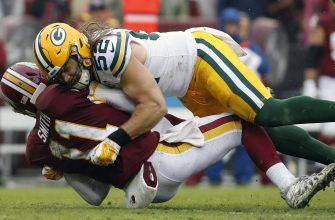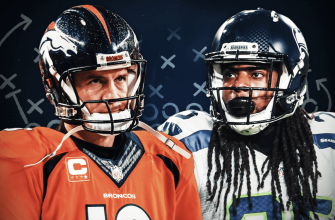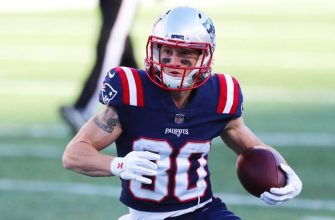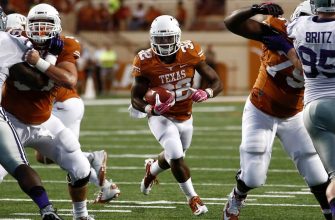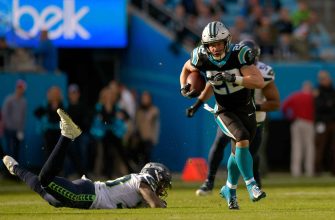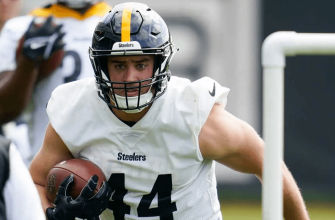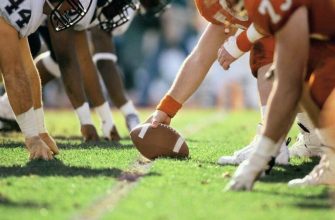Handcuffing is an important strategy in fantasy football that involves drafting or acquiring the backup running back to your star RB. The idea is that if your stud RB gets injured or underperforms, his backup can step in and provide similar production. This mitigates the risk of relying too heavily on one player.
While handcuffing your top RB seems like an obvious move, there are caveats to consider. You don’t want to reach too early or overpay for a handcuff. It’s also not always necessary if your stud has a murky depth chart behind him. This article will explore when to handcuff, how to value handcuffs, and provide examples of handcuffs who became fantasy assets. Implementing an optimal handcuffing strategy can give your team insurance against injuries and busts at the unpredictable RB position.
Why Handcuff Your Stud RB?
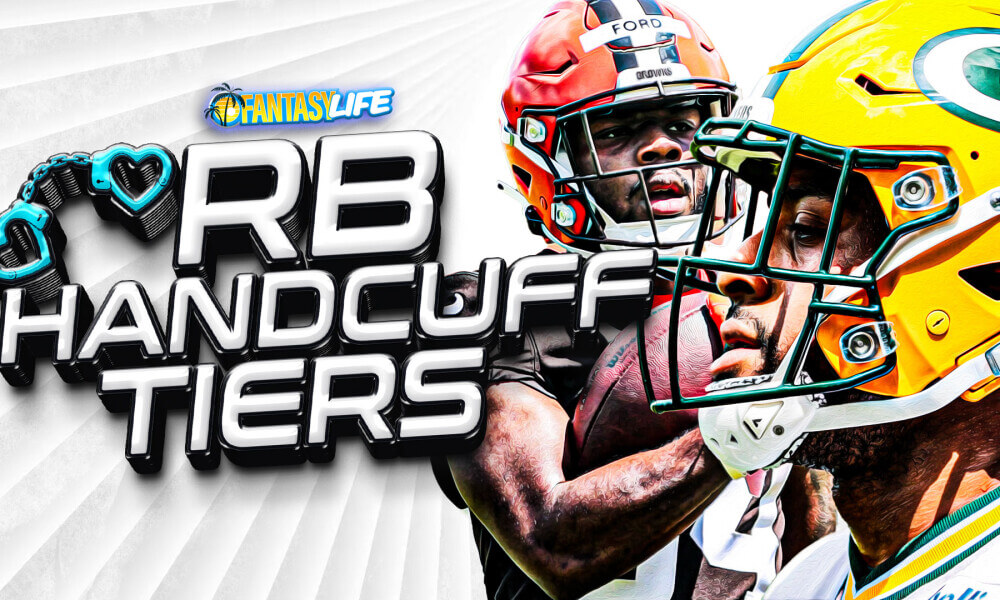
In fantasy football, handcuffing refers to drafting or acquiring the backup running back to your star RB1. Handcuffing provides insurance in case your top running back gets injured or underperforms.
The most common handcuff situation is when you draft a stud running back in the first two rounds, like Derrick Henry or Christian McCaffrey, then target their direct backup later in the draft. That handcuff serves as injury insurance in case your RB1 goes down.
Handcuffing your stud running back with his direct backup gives you security at the crucial RB position. If your RB1 suffers an injury, his handcuff can step in and put up starting-caliber numbers in his place. This protects your team against the devastating impact of losing your first round pick.
The handcuff acts as an extension of your RB1. Rather than relying on unpredictable waiver wire replacements, you lock down the majority of carries in that backfield. This ensures you get RB1 production, whether from your star or his direct backup.
Handcuffing is about minimizing risk and giving yourself the best odds to sustain elite production at running back, even if your starter gets hurt. It’s cheap injury insurance to protect your top draft investment.
When to Handcuff
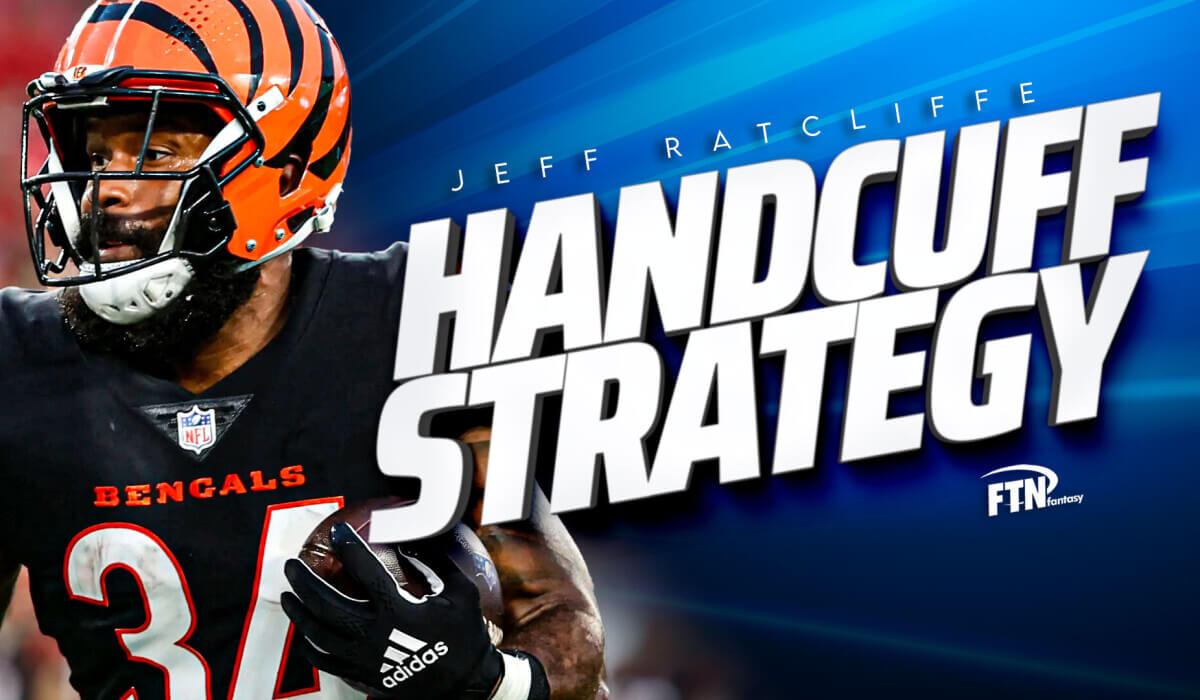
Deciding when to draft your stud running back’s handcuff is an important draft strategy decision. The earlier you draft the handcuff, the more likely you are to secure him, but the more you potentially reach on draft position.
Generally, you’ll want to draft your handcuff a round or two before his average draft position – ADP. If he’s projected to go in the 8th round, consider taking him in the 6th or 7th. This increases your chances of rostering him while minimizing reach.
The exact round depends on league size and your risk tolerance. In smaller leagues you may need to reach further since fewer backup RBs are rostered. In larger leagues you can sometimes get away with a closer to ADP pick.
Draft capital is also a factor. If your stud RB was a top 5 overall pick, you want to invest more to protect him. But for a 5th round stud RB, less needs to be invested in his handcuff.
Most owners handcuff in the mid-late rounds. But an early injury to your stud RB devastates your fantasy season, so don’t underestimate the value of the insurance a handcuff provides.
Tiered Handcuffs
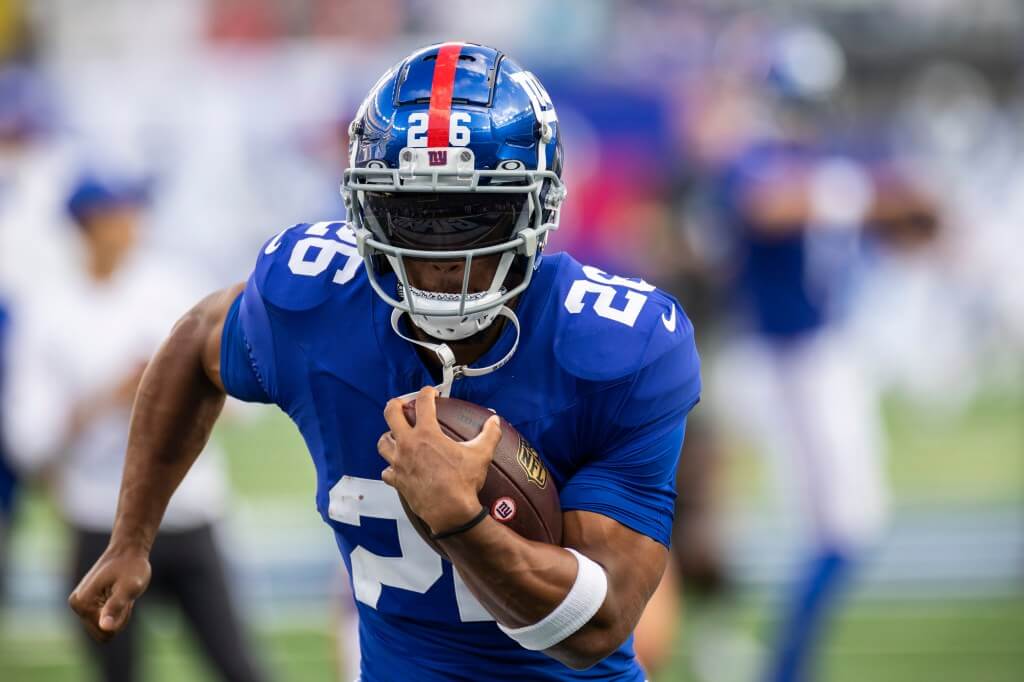
In fantasy football, not all handcuffs are created equal. Handcuffs can generally be grouped into tiers based on their potential upside if the starter goes down.
RB1 Handcuffs
These are the handcuffs to target if you want a direct replacement starter in the event of an injury. RB1 handcuffs play behind stud RBs on high-powered offenses. If the starter gets hurt, the handcuff instantly becomes a fantasy RB1. Examples would be Tony Pollard for Ezekiel Elliott or Alexander Mattison for Dalvin Cook.
RB1 handcuffs typically cost more to acquire, either via draft capital or trade, but they offer the biggest potential payout. Make acquiring an RB1 handcuff a priority if you draft one of the top 5-10 RBs.
RB2 Handcuffs
RB2 handcuffs play behind solid starters on productive offenses. They may not be league-winners like RB1 handcuffs, but they can capably fill in as an RB2 if called upon as starters. Examples would be Jamaal Williams for Aaron Jones or Chase Edmonds for James Conner.
RB2 handcuffs represent a nice middle ground – available for an affordable price but with sizable upside. Target them if you don’t want to splurge on an elite handcuff but still want insurance for your RB2.
RB3 Handcuffs
These handcuffs back up middling starters or play in committees. While injuries could open up value, their upside is more limited. Examples would be Boston Scott for Miles Sanders or Darrel Williams for Clyde Edwards-Helaire.
RB3 handcuffs should only be rostered if you have the bench space. Don’t break the bank acquiring this tier of handcuff. They are dart throws more so than high-probability replacements if starters go down.
Know Your Team’s Depth Chart
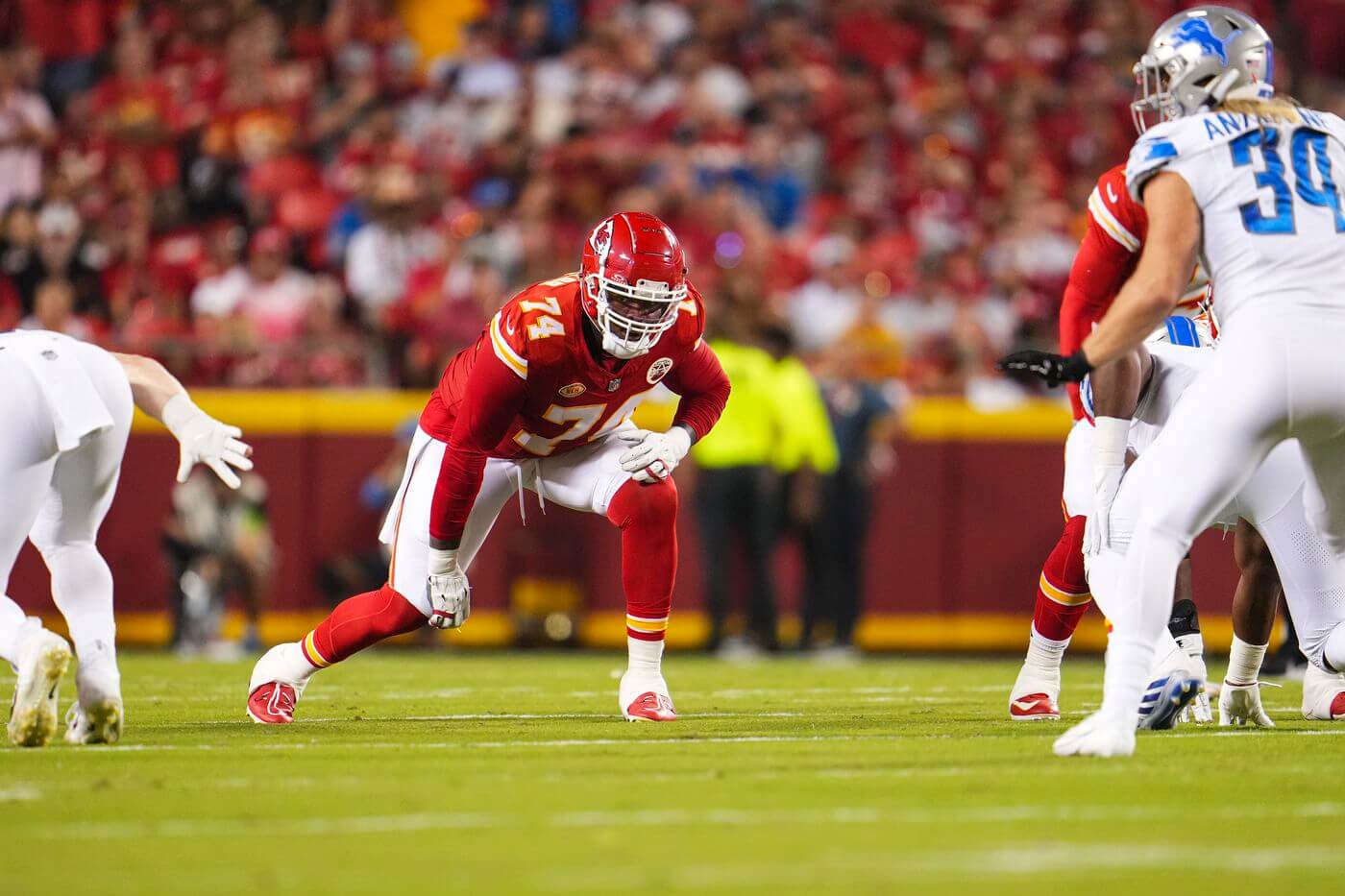
When deciding who to handcuff, it’s important to know your team’s RB depth chart and who is next in line behind your stud RB. Most teams will have a clear backup or handcuff RB that will step into the starting role if the starter gets injured.
For example, if you have Dalvin Cook on your team, his direct handcuff is Alexander Mattison. Mattison has proven he can put up RB1 numbers when given the opportunity to start in place of Cook. If Cook were to miss time, Mattison’s fantasy production would see a big boost as he assumes the lead back role for the Vikings.
Some teams utilize RB committees so the direct handcuff isn’t as obvious. In these cases you need to study that team’s backfield usage and identify which RB is most likely to see the largest increase in workload if the starter goes down.
The key is to make sure you handcuff your stud RB with the player most likely to take over the majority of carries. You don’t want to handcuff with a RB that will only see a slight bump in touches. Understand your team’s depth chart and roster construction to choose the handcuff with the highest upside.
Be Wary of Committees
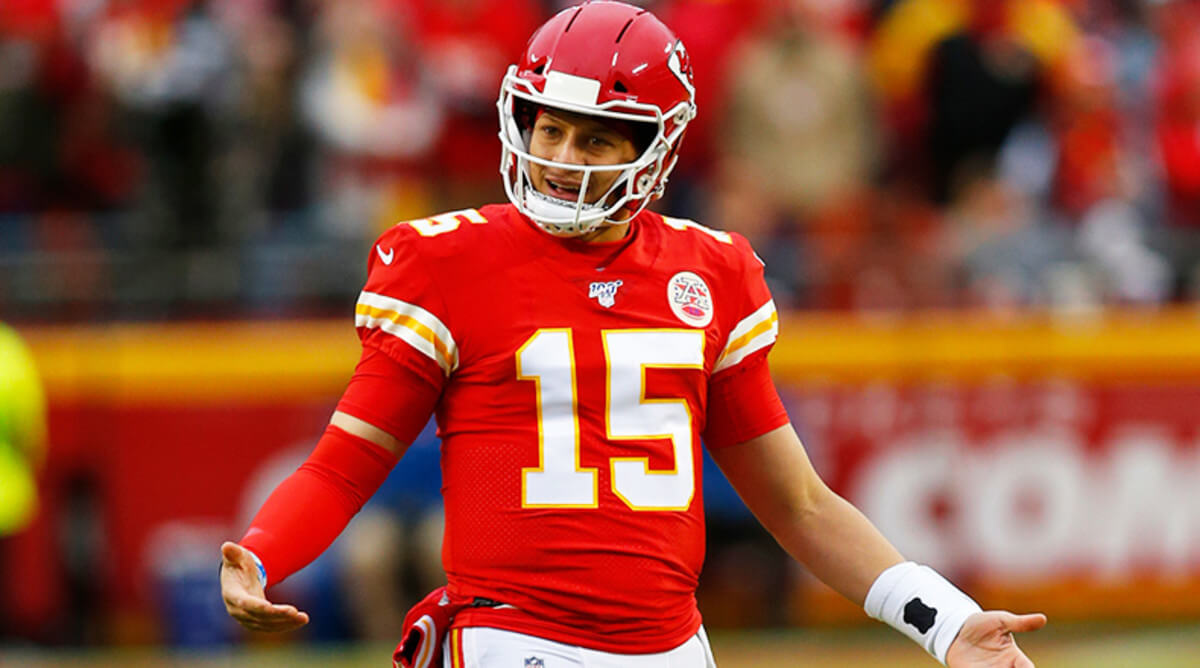
Just because you handcuff a stud RB doesn’t always mean the handcuff will take over the full workload if the starter goes down. Some teams use a running back by committee approach, splitting carries between multiple backs throughout the game.
In these cases, the handcuff may only see a slight bump in touches, with other backs also being mixed in. The workload could even be split into a full-blown committee, leaving the handcuff with limited upside.
For example, if Alvin Kamara were to miss time for the Saints, Latavius Murray would see more touches as the handcuff, but the Saints would likely still mix in Tony Jones Jr. and others. Kamara’s production would be spread out, rather than Murray being a true bell cow back.
As such, you need to research a team’s RB depth chart and understand their philosophies. Handcuffing in a committee backfield is still recommended, but expectations need to be tempered on the handcuff’s potential ceiling. The split workload limits their overall upside compared to a handcuff who takes over as a true workhorse back.
Examples of Impactful Handcuffs
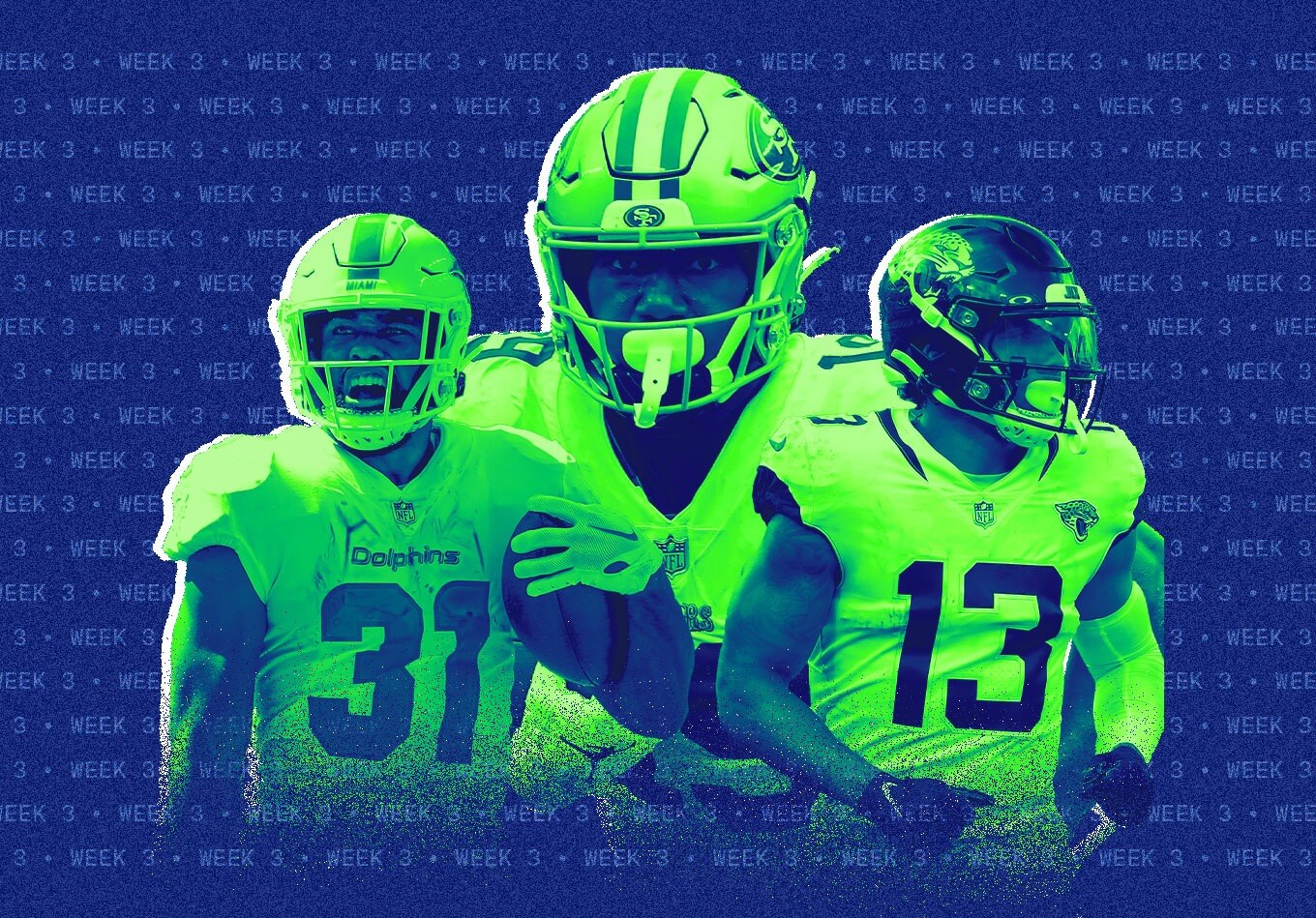
In recent seasons, we’ve seen several backup running backs emerge as fantasy stars after injuries to the starter.
Here are some notable examples:
- Alfred Morris, Washington Redskins 2012: Rookie Alfred Morris began the season third on the depth chart behind Roy Helu and Evan Royster. When Helu went down with an injury, Morris seized the starting role and finished the season with 1,613 rushing yards and 13 touchdowns. He finished as the #2 fantasy RB that year.
- Devonta Freeman, Atlanta Falcons 2015: A second year backup behind Steven Jackson, Freeman took over the starting role when Jackson got injured early in the season. Freeman ended up finishing as the #1 fantasy RB with over 1,600 yards from scrimmage and 14 total touchdowns.
- Kareem Hunt, Kansas City Chiefs 2017: With starter Spencer Ware going down right before the season, rookie Kareem Hunt was thrust into the lead role. He exploded onto the scene by leading the NFL in rushing yards (1,327) and finished as the #4 fantasy RB.
- James Conner, Pittsburgh Steelers 2018: Filling in for Le’Veon Bell who held out the entire season, second year back James Conner had a breakout season totaling nearly 1,500 yards and 13 touchdowns. He was a league winner, finishing as the #6 fantasy RB.
As these examples show, handcuffing stud RBs with their backups can pay huge dividends if your starter goes down. The key is identifying talented backups in roles to take over full workloads.
Don’t Overpay
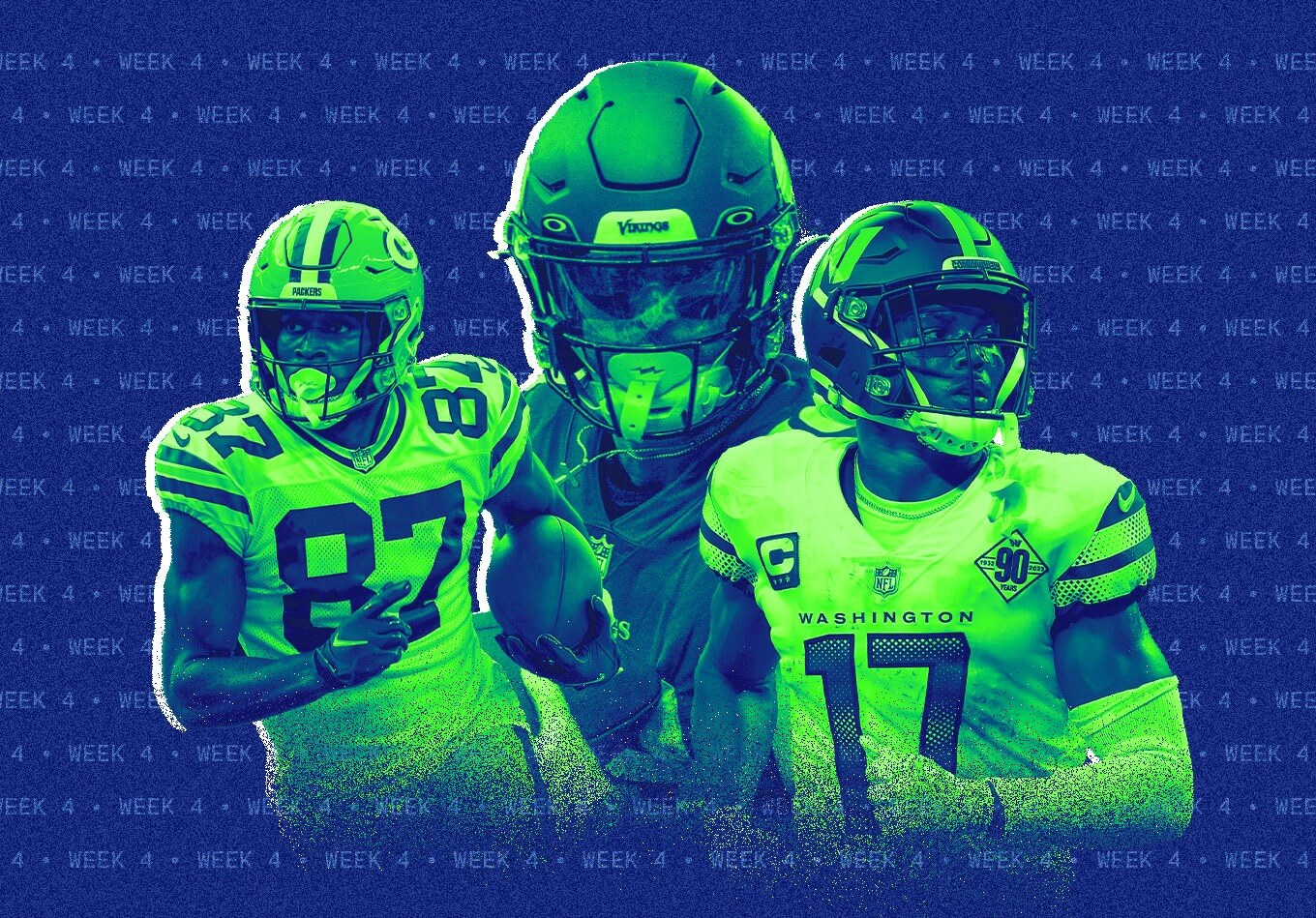
When building your team, you don’t want to reach too high for a handcuff. While they provide insurance for your stud RB, that backup is still just a backup for a reason. Their opportunities will be limited as long as the starter is healthy and producing.
You need to weigh the opportunity cost when drafting a handcuff. By reaching too high, you may miss out on drafting quality starters at other positions. Handcuffs typically have more value for the owner of the starting RB. Don’t reach for someone else’s handcuff unless there is incredible value.
The order you draft makes a difference too. If you take the starter early, securing his backup makes more sense. But if you draft the starter later, it’s less essential to reach for the handcuff. Evaluate the round-by-round opportunity cost when considering a handcuff pick.
When to Trade for a Handcuff
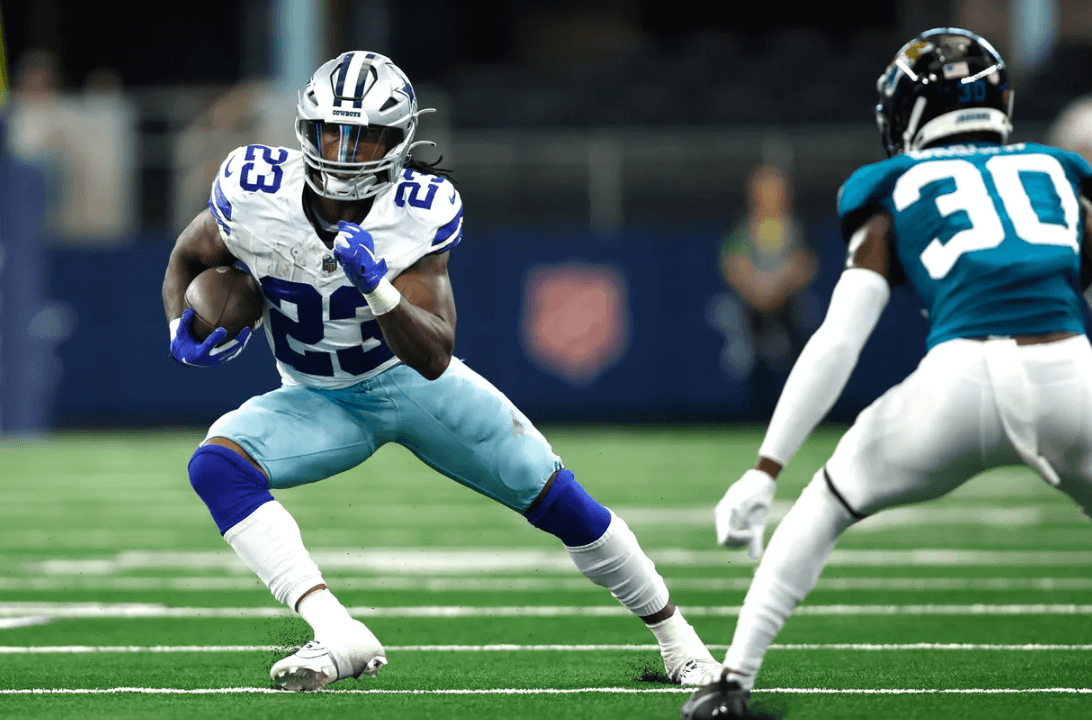
Trading for a handcuff mid-season can give your team a huge advantage down the stretch.
Here are some tips for targeting handcuffs in trades:
- Wait until bye weeks or injuries pile up. Other teams will be more willing to trade their depth when they have pressing needs to fill. Time your trade offers strategically.
- Identify leaguemates with excessive depth at RB. Maybe someone drafted a lot of RBs or made good waiver pickups. They’ll be more willing to trade a valuable handcuff.
- Trade your own handcuff if you have depth. Flip your extra RBs for handcuffs of elite starters.
- Buy low if the starter is injured. The handcuff’s value spikes when the starter goes down. The handcuff’s manager may sell low before the injury news breaks.
- Don’t overpay. Wait for desperation. The perfect time to trade is after the starter gets injured but before the handcuff has a breakout game.
- Target the murky backfield handcuff. Teams like Kansas City often produce league-winning handcuffs off waivers. Acquire them cheaply before fantasy playoffs.
- Make 2-for-1 and package deals. Trade quantity for quality. Deal a fringe starter and bench player for an elite handcuff.
With the right timing and trade partner, it’s possible to obtain a league-winning handcuff in a mid-season trade. Target the top backups just before the fantasy playoffs.
Conclusion
Handcuffing your star running back can be an extremely useful fantasy football strategy if done properly. It provides insurance in case your RB1 goes down with an injury, securing that backfield’s production. However, not all handcuffs are worth owning. You need to weigh factors like the backup’s talent, opportunity for touches, and draft cost against the risk of injury to the starter.
Prioritize handcuffing your top 5-10 RBs. Focus on clear lead backups behind fragile or high-workload starters. Don’t overpay or reach too far for a handcuff. Be ready to grab your handcuff off waivers if not drafted. Consider trading for a high-upside handcuff later in the season as injuries accrue.


